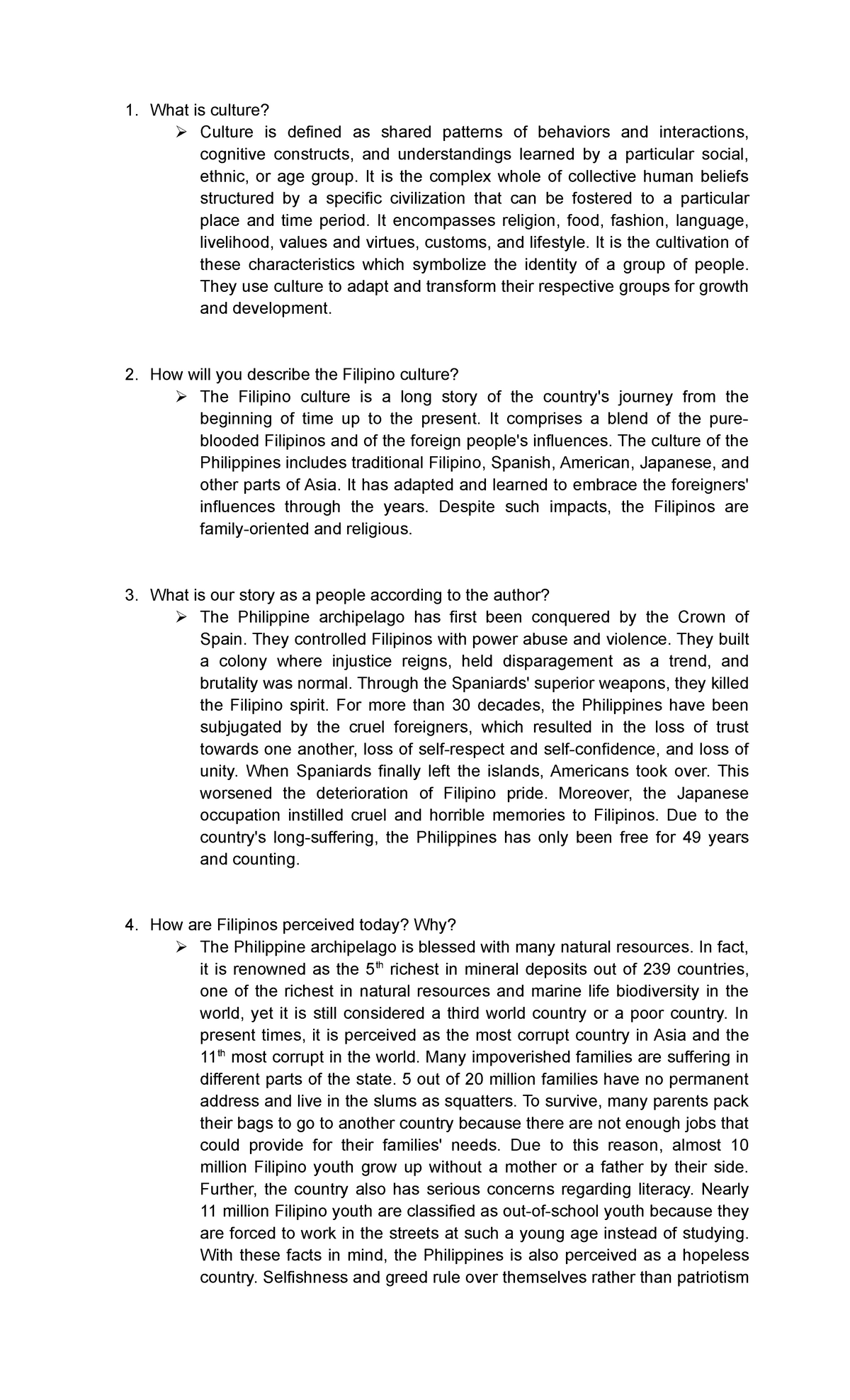
We can build models that estimate the real estate value provided by additional accessibility. Real estate prices monetise the transport benefits (above what the user bears in time, money, and effort) in land value (time savings are not actually money, they become money through land value). Sometimes (which is to say, often) transport projects are promoted for real estate. In short, are the upfront capital costsand ongoing maintenance and operations costs of the facility justified by the lower variable costs of its users?

So the question is: does a streetcar or road or bike path enable people to reach more activities in less cost (time, money, aggravation, risk, negative externalities, etc.) than before, at a reasonable expenditure? (This cost includes the social and financial costs of building and providing the infrastructure). A transport facility that increases access to destinations for a cost effectively is good. you might measure how many jobs (or restaurants or hospitals, etc.) can be reached in 30 minutes and/or $5 (or the dual of this measure, such as how many prospective patients an ambulance can reach in 12 minutes). Access is the ease of reaching destinations. Instead of measuring and monetising the fairy dust of `travel time savings’, a transport facility should be assessed on how much access it produces per unit of investment. Traffic counts are taken at specific locations, and I am not sure any one data source is right on this. My own sense is the trains are indeed pretty damn empty compared to the before-times, and driving still feels down (though not as down) in my observation. “And if the CBD is relatively empty, driving and parking there is not as difficult.” “Walking to work is also much more common for people in high-density areas, which are more likely still to be places where workers are effectively locked out,” he said. Professor Levinson said empty CBD offices meant train carriages would also continue to be empty. Andrew Taylor in the SMH writes: Sydney’s traffic returning to pre-COVID levels as driving skills deteriorateīut David Levinson, professor of transport engineering at the University of Sydney, said: “In general low traffic levels lead to higher speeds and to more dangerous driving, so as traffic returns to normal, we may see lower rates of fatal and injury collisions per kilometre travelled.” …


 0 kommentar(er)
0 kommentar(er)
